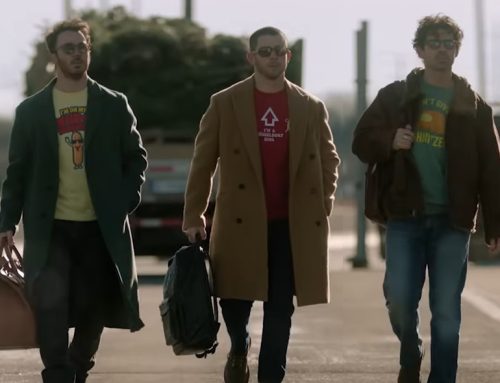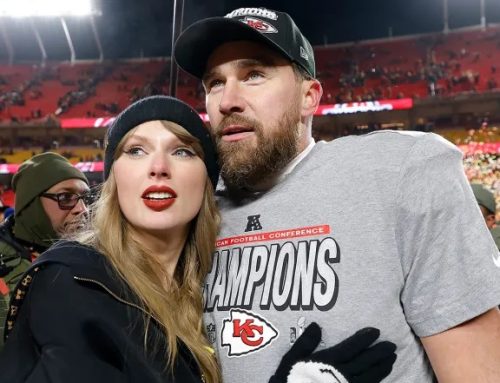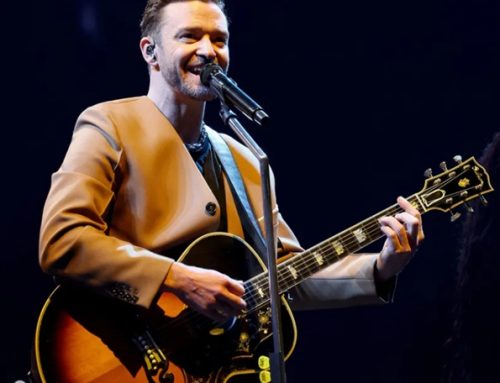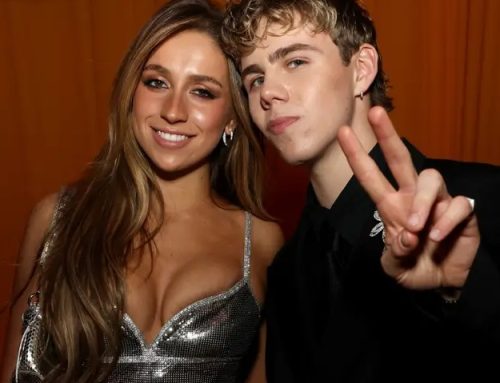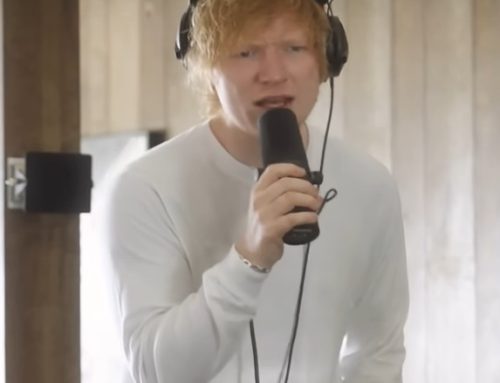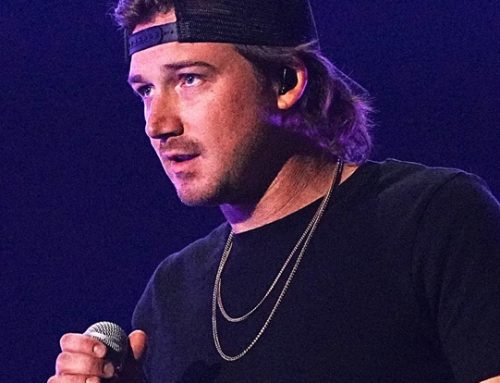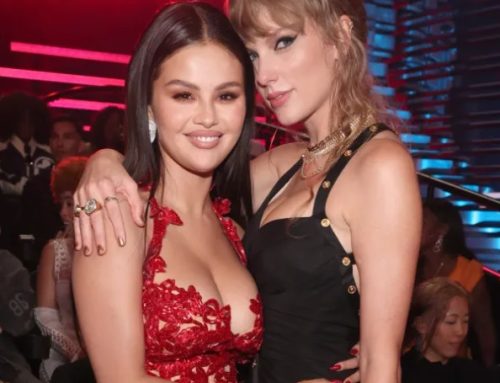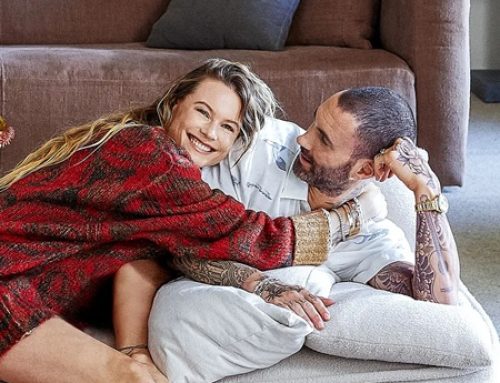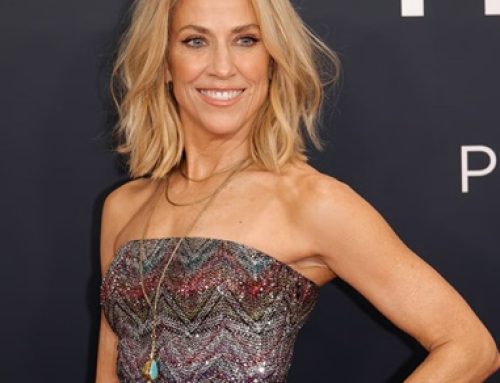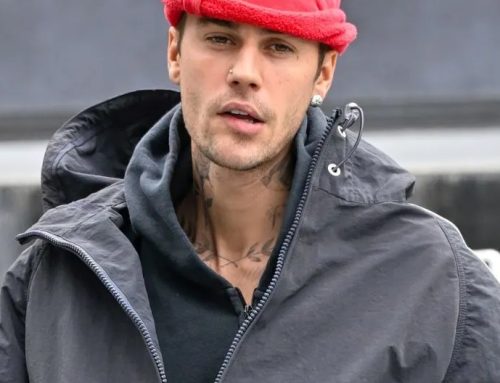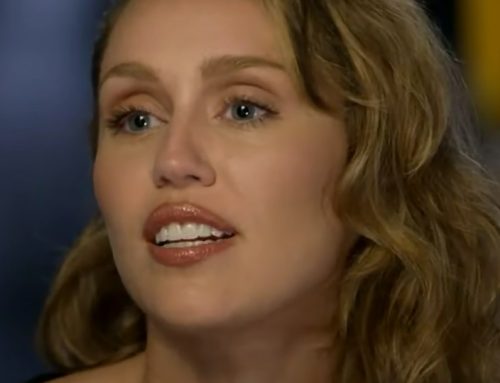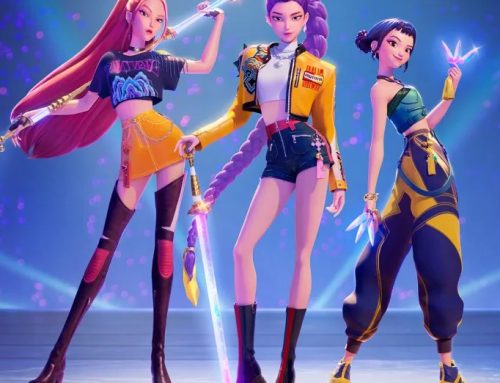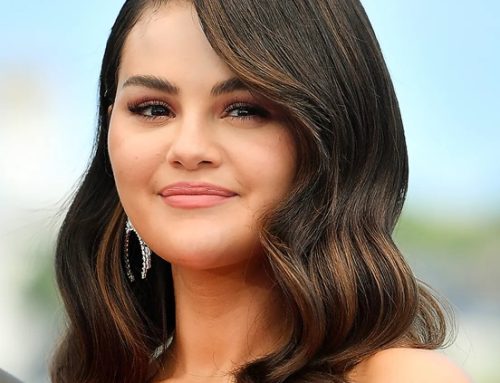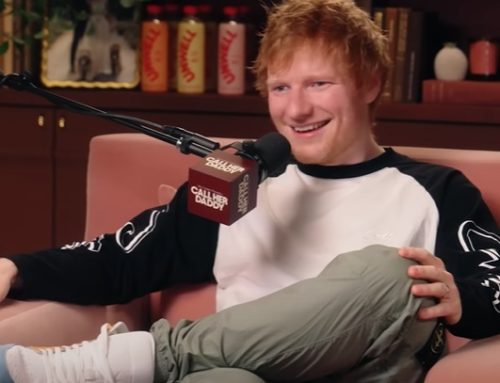Decades after collecting a combined 15 top 10 singles on the Billboard Hot 100, both New Kids on the Block and Backstreet Boys have become consistently reliable presences on arena and amphitheater calendars. Their continued success is certainly indebted to decades of hard work and hit singles, but also to the combined effect of nostalgia from their 2011-12 team-up, re-lighting the fire throughout the 2010s and beyond.
New Kids on the Block earned $93.5 million and sold 2.3 million tickets between 1989 and 1992 according to figures reported to Billboard Boxscore, all while notching two No. 1 albums on the Billboard 200 and nine top 10 singles on the Billboard Hot 100. But after their impressive sprint through the upper echelons of early-90s pop, the group split to focus on solo projects and families while a new generation of hysteria-inducing boy bands popped up later that decade.
In the mid-’90s, the Backstreet Boys sprouted up among the Spice Girls, Hanson, and *NSYNC, becoming a dominant force in pop music not dissimilar to NKOTB. They toured relentlessly, raking in $166 million through 2001 before going on hiatus. The break was relatively short-lived, as BSB returned with an album and a tour in 2005. Three tours between 2005-11 collectively grossed $31.8 million, less than 20% of the group’s touring earnings in fewer years around the turn of the millennium.
New Kids on the Block followed BSB’s lead by reuniting in 2008 for an album and tour — though after a much longer hiatus. While the group’s comeback single “Summertime” only grazed the top 40 of the Billboard Hot 100, the New Kids On The Block Live tour was extended due to demand more than once, running for more than 100 shows and earning more than $40 million through four separate iterations. The tours averaged nearly half the attendance of the group’s early ‘90’s run but business was consistent throughout two years and four legs, laying the foundation for the decade of touring to come.
In 2011, New Kids on the Block and Backstreet Boys teamed up for the NKOTBSB Tour. While co-headline pairings can produce varying degrees of success, this co-bill proved that one plus one can equal two. On previous tours, the groups’ combined average attendance was 11,360 fans per night, but on the NKOTBSB Tour, they paced 11,601 together.
The tour launched at the Allstate Arena in Rosemont, Ill., earning $485,000 from 9,586 tickets on May 25, 2011. These figures bested previous Chicago-area plays by both groups and set the pace for what was to come. Better yet, the tour returned to Chicago for two shows at the United Center on June 17-18 for one of the summer’s strongest showings. NKOTBSB earned over $2 million from 28,413 tickets.
Boston – NKOTB’s home turf – delivered the tour’s highlight, grossing $2.441 million on June 11, 2011 at Fenway Park. The stadium date was the Backstreet Boys’ highest-grossing single-night engagement since February 2001 and, at the time, became the biggest one-night stint of New Kids on the Block’s career.
These were four of 51 total North American reports over the summer of 2011. By the leg’s wrap on Aug. 7, the co-headline run had earned $40.4 million and sold 609,426 tickets, quickly becoming Backstreet Boys’ biggest tour in a decade and the biggest for the New Kids in twice as long.
NKOTBSB traveled across the pond and then some for shows in Europe, Australia, and Asia in 2012. Overseas, the tour hit peaks at London’s O2 Arena ($1.746 million; 24,694 tickets) and Melbourne’s Rod Laver Arena ($2.046 million; 17,168 tickets), further leveling up from previous tours by each group.
In the years that followed, NKOTB replicated the formula to an extent, taking sole headline billing but enlisting a slew of acts from the ‘80s and ‘90s to fill out festival-style lineups on tour across North America. Average attendance maintained above the 10,000 mark and tour grosses rose from $392,000 each night on the 2008 tour to $967,000 per show on 2019’s Mixtape Tour.
The Backstreet Boys built upon their new momentum by focusing their touring efforts in Las Vegas, launching the Larger Than Life residency. And after 80 shows over two years, they packed up and went on tour. Through March 2020, the DNA World Tour has grossed $99.5 million and sold 1.157 million tickets. At an average nightly gross of $1.117 million, it’s the strongest average gross of the band’s career, built up slowly from the $306,000 pace of their 2005 comeback tour.


